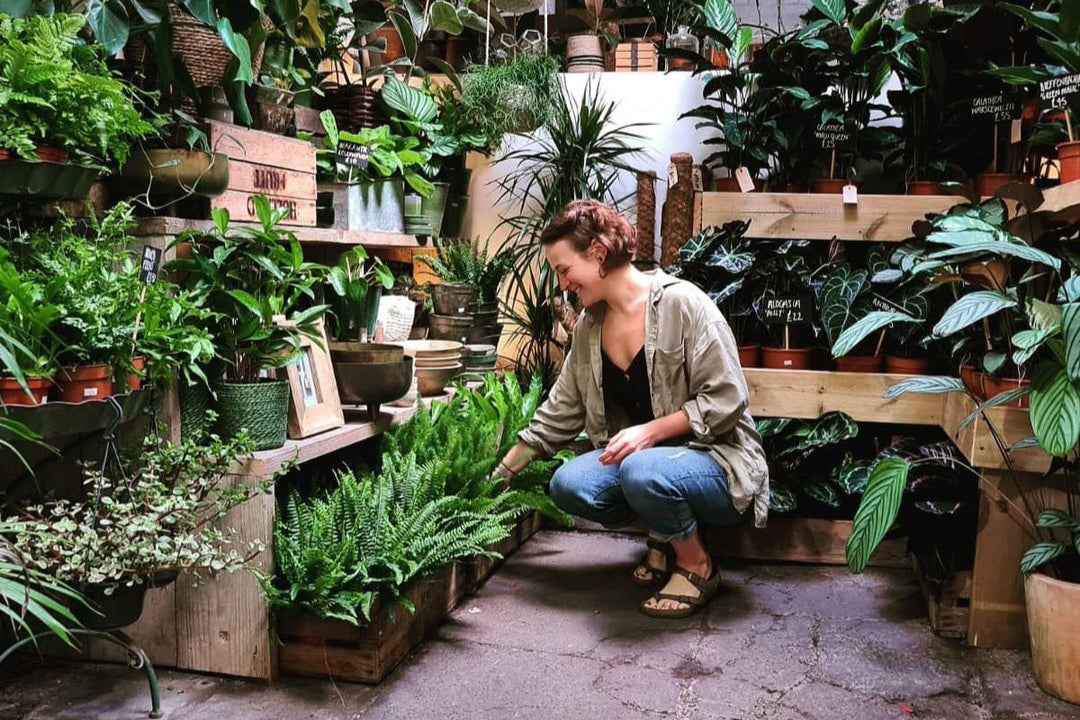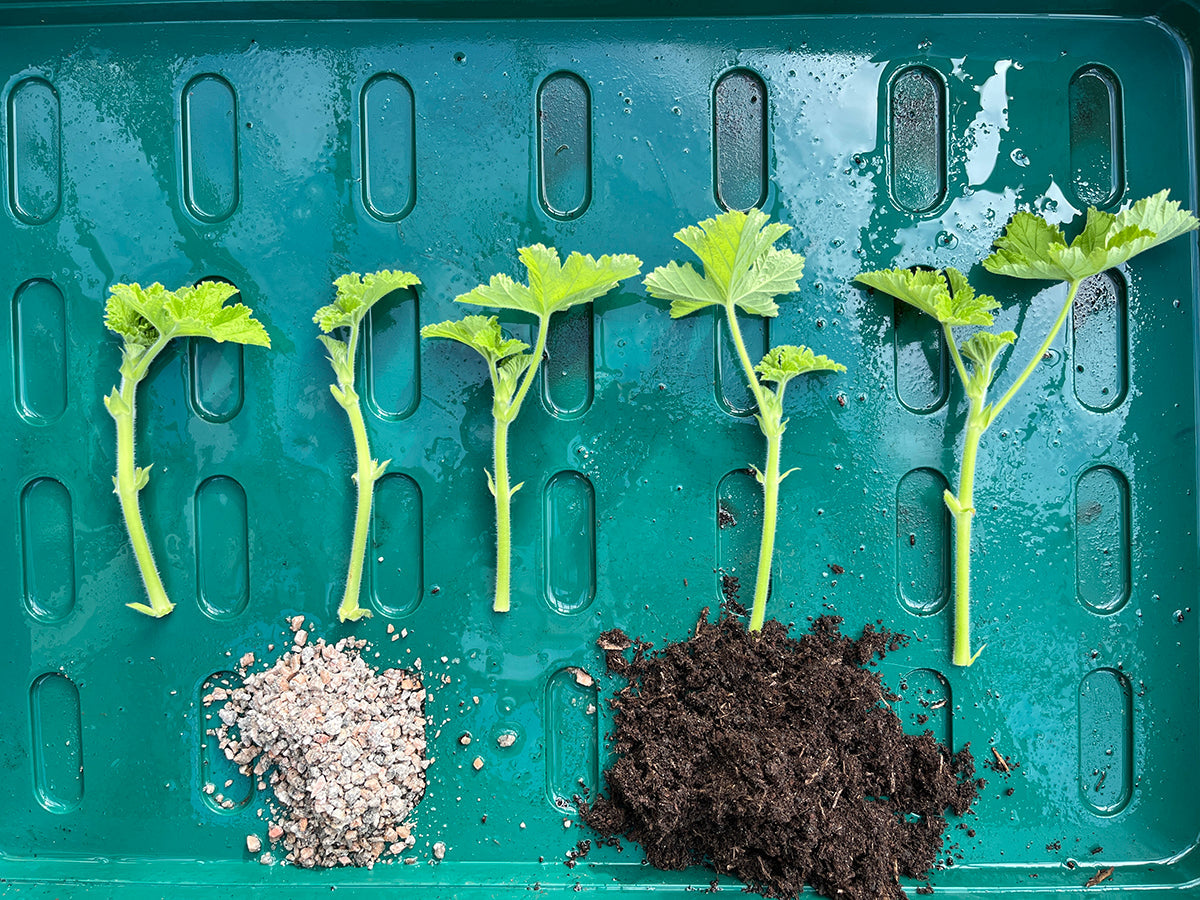Q&A with Maddy Bailey, house plant specialist

How did you get into horticulture?
I inherited a deep love of plants from my mum. Since I was little, we'd plod around the garden together - she'd point out all the plants and tell me something exciting about them, even the weeds. When I was fresh out of secondary school, I went to work at our first plant shop, Forest. Our stock of houseplants grew over time, and the more that came in, the more curious I became – googling just about everything. I signed up for a level 2 Horticultural diploma with the RHS and have been learning and writing about house plants ever since. Our new book, 'The Hidden Histories of Flowers' is just out.
Have you noticed any houseplant trends?
Spider plants, Swiss cheese plants, rubber plants, snake plants and heavily variegated classics have stayed at the buying forefront for years. And growers are coming out with more variations such as the variegated cheese plant, which was a big craze - small cuttings were selling for hundreds of pounds. Perhaps people tend towards buying these tried and tested types of houseplants because they are easy to grow - exotic alocasias, jewel orchids and pinstripe calatheas we see on Instagram take the most looking after.
Do you have any tips on how to style house plants?
Grouping plants in threes always seems to work. And vary the heights. I try to have one plant that is the tallest, towering over the others, another in the middle which spreads and is a medium height, and finally one that is a sprawling base plant, or trails slightly. This creates a dense, jungle-like display, as well as raising humidity – just as a bonus.
Can you broadly categorise types of house plants and their different needs?
Houseplants tend to come from two climates, either tropical or arid. Both have extended periods of warmth, so plants from these countries can handle the warm temperatures of our homes. In tropical countries, and within rainforests, the air is humid, stays at a relatively constant temperature, and plants there experience regular rainfall and live in relative shade. So, tropical plants (think big-leaved, lush plants like calathea, alocasia and monstera) prefer a shadier spot, need regular watering and don’t like heavy temperature fluctuations (keep them away from radiators and draughts!). Those from arid climates, such as cacti and succulents, are used to very little to no rainfall (do not overwater!), a lot of warmth and sun, and can handle cold temperatures (since the temperature within a desert drops at night).
Any other care tips?
Only feed your plants within the growing season – spring and summer. I recommend feeding no more than once a month. I’m not a big fan of spritzing plants. If you need to raise the humidity surrounding your plant, it’s better to either put them in a more humid area of your home (like a bathroom), group them together, or use a room diffuser. You can even add essential oils to ward off pests.
What would you say are the easiest house plants to grow?
First is the sanseveria, or snake plant, it comes from the middle east and can handle almost any care (except for over-watering!). The second go-to plant is the ever-loved staple, the ZZ (Zamioculcas zamiifolia). It also comes from arid climates, like North Africa, and requires minimal attention due to its water and starch-storing tubers, which are also the reason it can be squashed into a tiny pot for years on end without food or fresh soil and still thrive. It also copes with full sun, deep shade and has the added bonus of looking tropical but requiring the maintenance of a cactus. Finally, the aspidistra. This plant is a real trooper. I once put mine outside in the late summer to encourage more growth and totally forgot about it, I then re-found it two winters later and it was fine!











